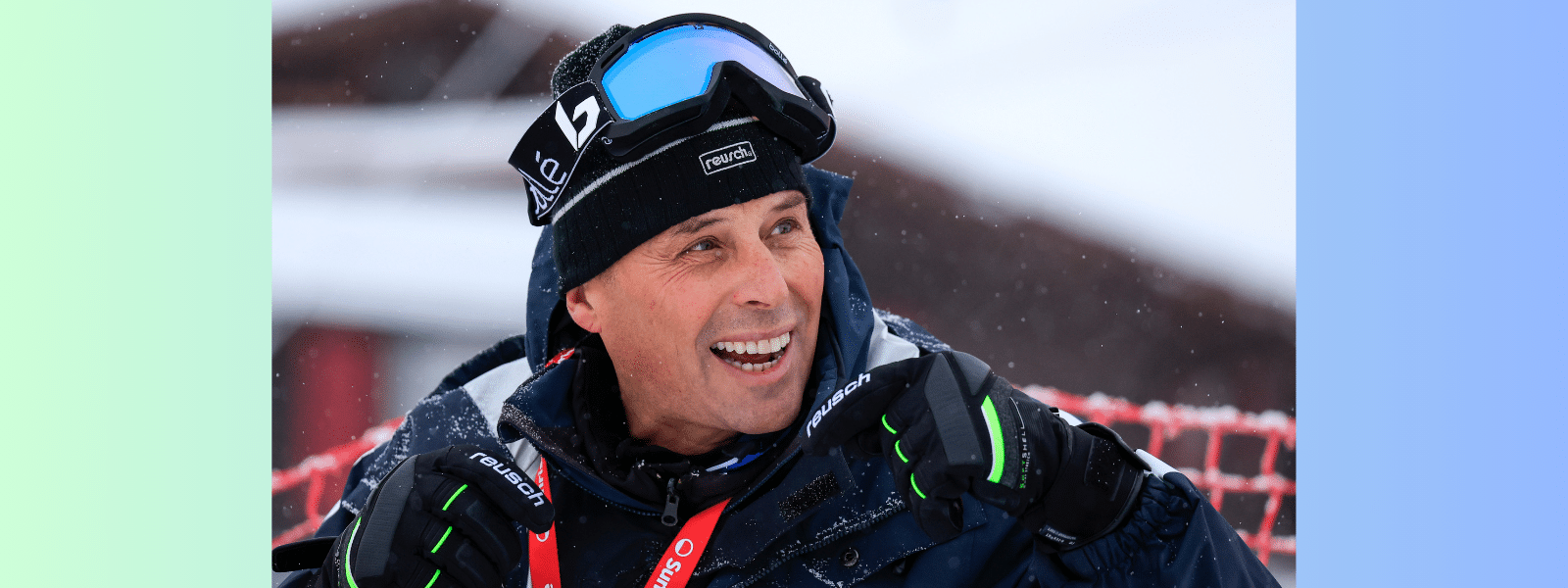RacerNext: Is Your Coach a Tool?
“Coaches are tools.”
When my husband says this to our kids, as he often does, he means it in a loving way. After all, he and I are both coaches, part-time in practice and full-time at heart. We take pride in what we know, and we take care in how we communicate that to each kid.
But we each have unique strengths and limitations, which is where the tool thing comes in. Coaches are to be used appropriately, within the range of their abilities. You can’t expect any coach to be all things to all people. Hence the message to our own kids: Respect your tools, and learn how best to use them.
To say a coach is “good” or “bad” sometimes means you just have the right or wrong tool for the task. For that reason, I don’t fear my kids having exposure to “bad” coaches, and, in fact, learning to deal with different coaches and their styles is part of the deal. Some unheralded or even dismissed coaches were my best. It was the message, the timing or the delivery that made it work. Sometimes it was a personality match or my own state of mind. In Zen speak: “When the student is ready, the teacher appears.”
Conversely, some of the most revered coaches were my worst, usually for the same reasons. We didn’t connect, weren’t invested in each other or were in an unproductive environment. All of this happens often enough with athletes at every level. It only becomes a problem when you can’t accept it, as is typically the case when dealing with a vaunted coach. I dared not consider that the coach could be less than ideal because, after all, he was the secret to So and So’s success. Instead of just accepting it as a bad match, my inability to learn from that coach piled onto my shoulders as one more thing I was doing wrong.
This is why I fear gurus. Not the flowing-robe gurus, but anyone who claims to know the single way to success. The world of coaching seems to cultivate gurus — the power trippers who claim to hold a magic secret and take complete credit for the success of their charges.
The really troubling thing with gurus is the notion of anyone being a supreme source of wisdom. Good coaches are always learning, and open to new ways of acquiring, interpreting and dispensing information in the most useful way to multiple types of learners. Gurus tout one “way” of doing things, and replace basic terms with proprietary code to add a level of mystique.
Where gurus reign, you see athletes doing forced movements; maintaining positions that may fight their physical or technical limitations; and approaching their sport in a way that does not mesh with the individual’s spirit or motivations. It works for some — while completely derailing and undermining the potential of others. Yes, there are basics one must to master to progress, but on the way to mastering them are individual variations that will work best for each athlete.
Greatness is unique. I recently read an excellent book about start-up companies called “Zero to One,” by PayPal founder Peter Thiel. One of its main points is that competition is unfruitful, because it diverts focus from innovation. Companies fail when they’re unable to escape the constraints of competition. I thought about how it applies to athletes who, of course, are not companies, and who must establish their level of success entirely through competition.
Thiel posits that you succeed by earning a monopoly in your niche. You can do this by being an order of magnitude (such as 10 times) better than your competitors, or by solving a unique problem. It’s inconceivable that any top athlete could do his or her sport 10 times better than the closest competitor, but I do believe that despite the often barely perceptible nuance, the very best are doing their sport in a unique way.
Bode, Ted, Lindsey, Julia and Mikaela didn’t get to the top by rigidly following a worn path, or from the teachings of any one all knowing guru. They got there by innovating, by taking risks, by accommodating their respective weaknesses (yes, they have weaknesses) and exploiting their respective strengths.
Miller “put it all on red” in search of speed, gambling on everything from emerging technology to line to visible center of balance.
Ligety employed a methodical and precise approach, dissecting the anatomy of the GS turn and reengineering it based on the limitations and challenges of the new equipment.
Vonn brought a level of power and strength unrivaled by her peers, while Mancuso’s style emanates from a looseness and abandon that seems to be at the opposite end of that spectrum.
And Shiffrin, as lukewarm to freeskiing as Mancuso is passionate about it, owes much of her success to lifelong relentless and measured repetition.
Would any of these approaches have worked so well for the others? Not a chance. I don’t want my kids to look for one great coach with all the answers, someone who shows them how to best imitate and keep up with the competition. I want them to seek out the tools — and I mean that in a loving way — who will help them learn how to think critically, to sift through a variety of advice and input, to toss the useless information and synthesize the good stuff into their own unique approach. And to all the tools who work together on that task, I salute you.





















